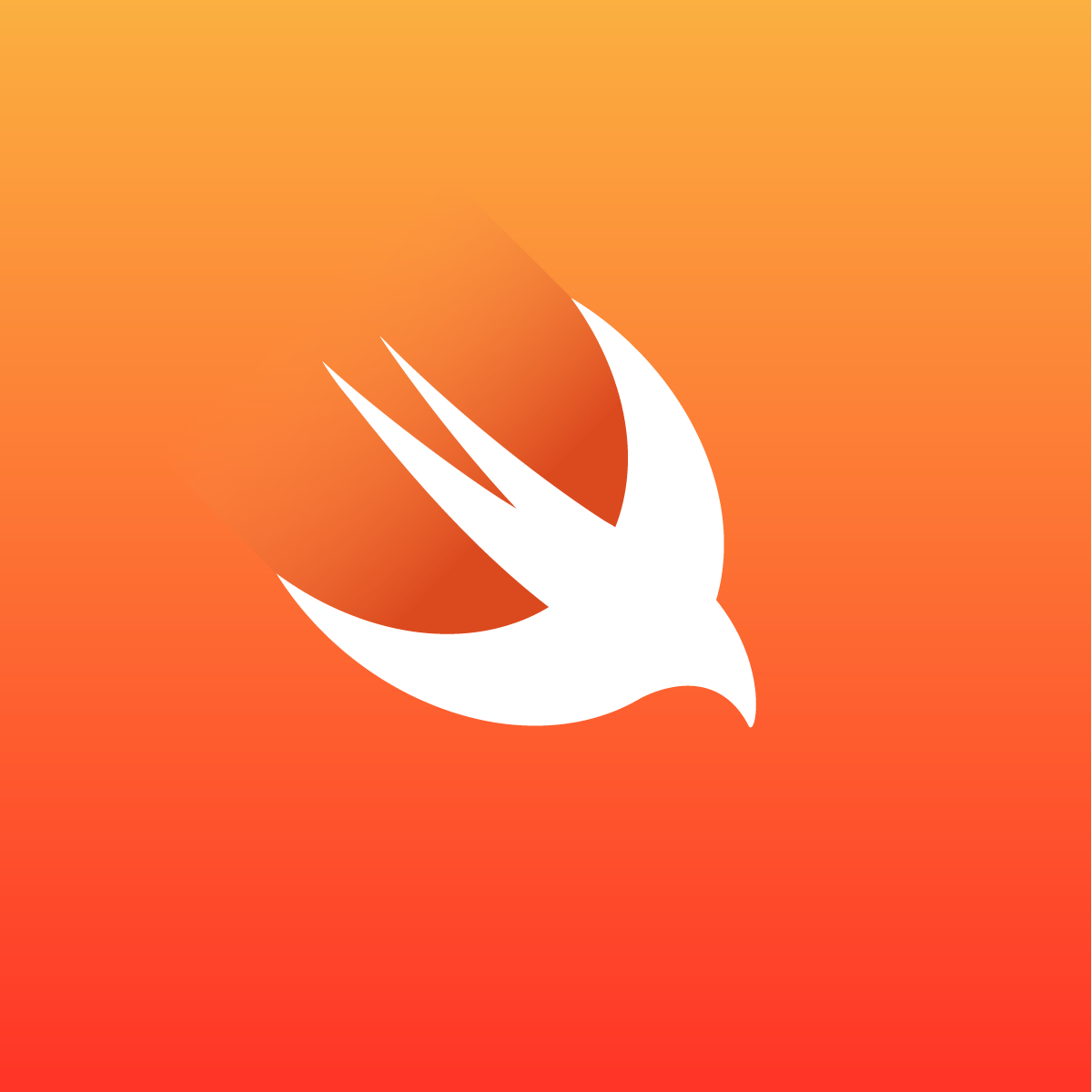When calling .badge make sure that the view has already been loaded and has a superview. Setting a badge on a view that hasn’t fully loaded can lead to unexpected results.
Installation
CocoaPods
pod ‘EasyNotificationBadge’
Swift Package Manager
You can use The Swift Package Manager to install EasyNotificationBadge by adding the proper description to your Package.swift file:
// swift-tools-version:4.0
import PackageDescription
let package = Package(
name: “YOUR_PROJECT_NAME”,
dependencies: [
.package(url: “https://github.com/Minitour/EasyNotificationBadge.git”, from: “1.2.4”),
]
)
Then run swift build whenever you’re ready.
Or simply drag and drop NSBadge.swift to your project.
Usage
To add a badge with default settings use this (This also applies to updating an existing badge):
view.badge(text: “5”)
To remove the badge:
view.badge(text: nil)
Advanced Usage
var badgeAppearance = BadgeAppearance()
badgeAppearance.backgroundColor = UIColor.blue //default is red
badgeAppearance.textColor = UIColor.white // default is white
badgeAppearance.textAlignment = .center //default is center
badgeAppearance.textSize = 15 //default is 12
badgeAppearance.distanceFromCenterX = 15 //default is nil
badgeAppearance.distanceFromCenterY = -10 //default is nil
badgeAppearance.allowShadow = true
badgeAppearance.borderColor = .blue
badgeAppearance.borderWidth = 1
view.badge(text: “Your text”, appearance: badgeAppearance)
Important
GitHub
- August 27, 2025
- SwiftUI
This package provides you with an easy way to show tooltips over any SwiftUI view, since Apple does not provide ...
- August 27, 2025
- SwiftUI
- Uncategorized
SimpleToast is a simple, lightweight, flexible and easy to use library to show toasts / popup notifications inside iOS or ...
- August 27, 2025
- SwiftUI
Create Toast Views with Minimal Effort in SwiftUI Using SSToastMessage. SSToastMessage enables you to effortlessly add toast notifications, alerts, and ...




